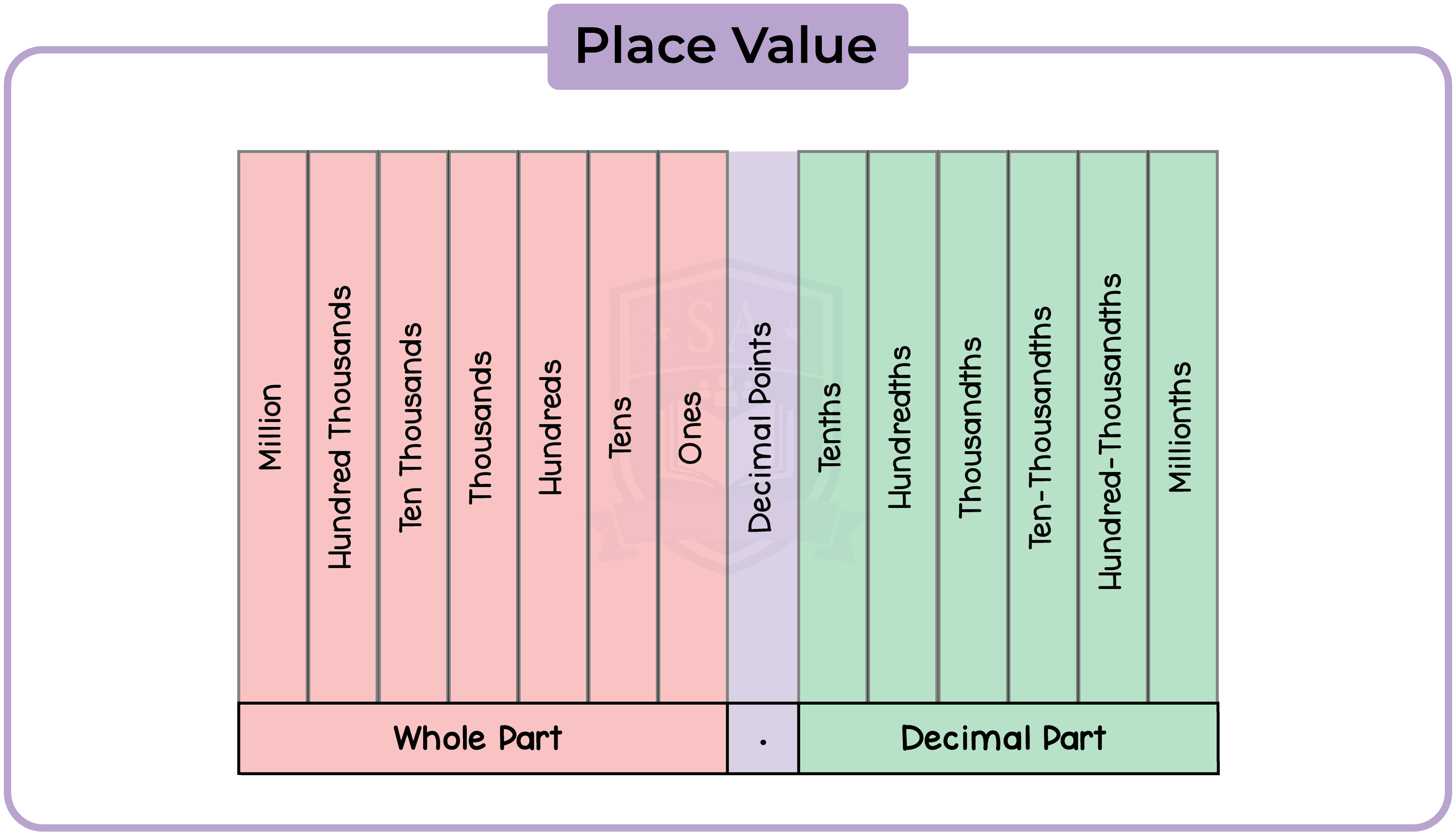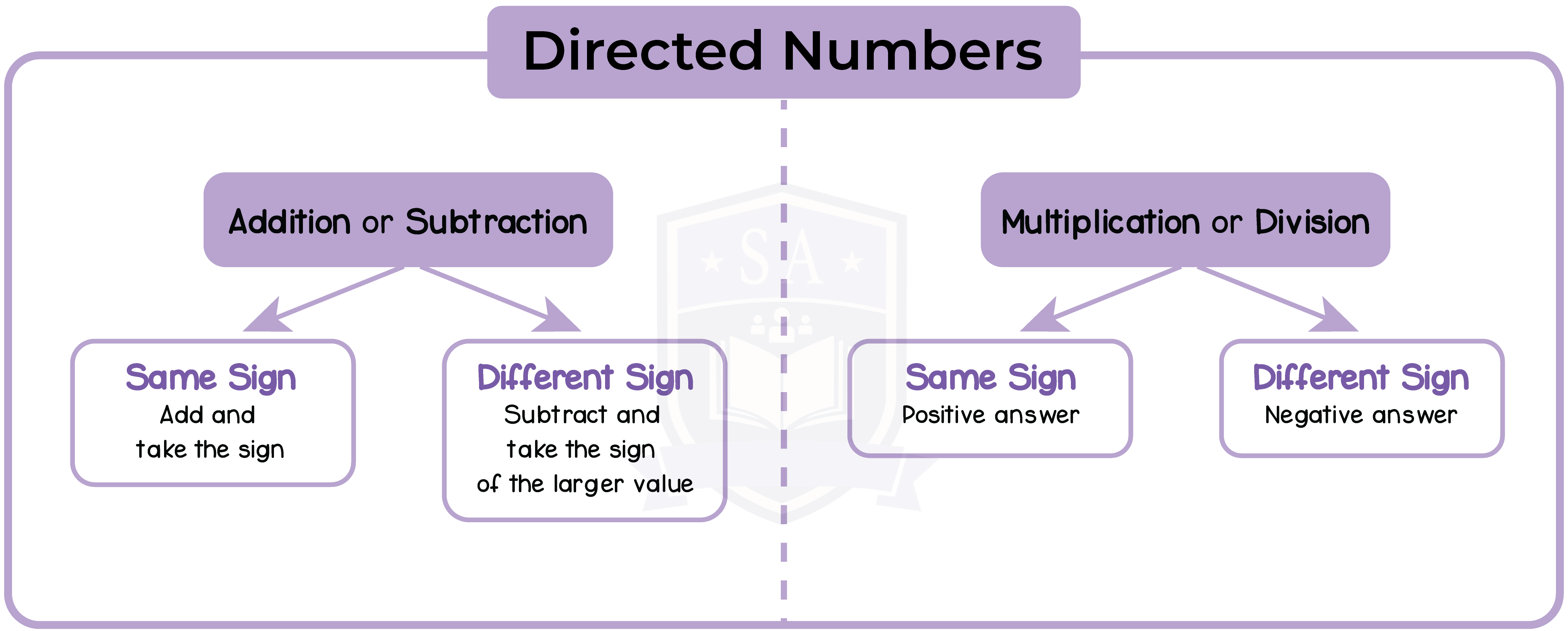REVISION NOTES
IGCSE Edexcel Mathematics A
1.1 Integers
1.1.1 Understand and use integers (positive, negative and zero)

1.1.2 Understand place value

1.1.3 Use directed numbers in practical situations
Directed Numbers
- Directed numbers are numbers with both size and direction:
- Positive numbers: numbers with the ‘+’ sign
- Negative numbers: numbers with the ‘−’ sign
- 0 is neither positive nor negative. It is not a directed number
- Two numbers with the same numerical value but different signs are called opposite numbers
- e.g. the opposite number of −6 is +6
Positive Numbers | Negative Numbers |
‘Increase’ ‘Going up’ ‘Above’ | ‘Decrease’ ‘Going down’ ‘Below’ |
Example
1. Suppose 5 represents 5 floors above ground level. Use a directed number to represent 10 levels below ground level.
10 levels below ground level can be represented by –10
2. Suppose +3 km represents walking 3 km due east. Use a directed number to represent walking 7 km due west.
Walking 7km due west can be represented by –7
1.1.4 Order integers
Number Lines
- Directed numbers can be represented on a straight line in order of magnitude, which is called the number line
- A number line can be extended endlessly towards the two directions

- If the number is on the right of another, it is a larger number
- If the number is on the left of another, it is a smaller number
- When we compare negative numbers, remember that:
- When the numerical value is bigger,
- It means it is a smaller number (more negative)
Example
–4 is on the left of –2, it means –4 is smaller than –2
1.1.5 Use the four rules of addition, subtraction, multiplication and division
1.1.6 Use brackets and the hierarchy of operations
Bracket
Order
Division
Multiplication
Addition
Subtraction


1.1.7 Use the terms ‘odd’, ‘even’, ’prime numbers’, ‘factors’ and ‘multiples’
A prime number is a whole number with exactly two factors, namely 1 and iself.
The number 1 is not normally considered to be rime.
The prime numbers are 2, 3, 5, 7, 11, …
A factor of a number is a whole number that divides exactly into it, with no remainder.
Example: The factors of 12 are 1, 2, 3, 4, 6, and 12.
A multiple of a number is the result of multiplying it by a whole number.
Example: The multiples of 4 are 4, 8, 12, 16, …

1.1.8 Identify prime factors, common factors and common multiples

